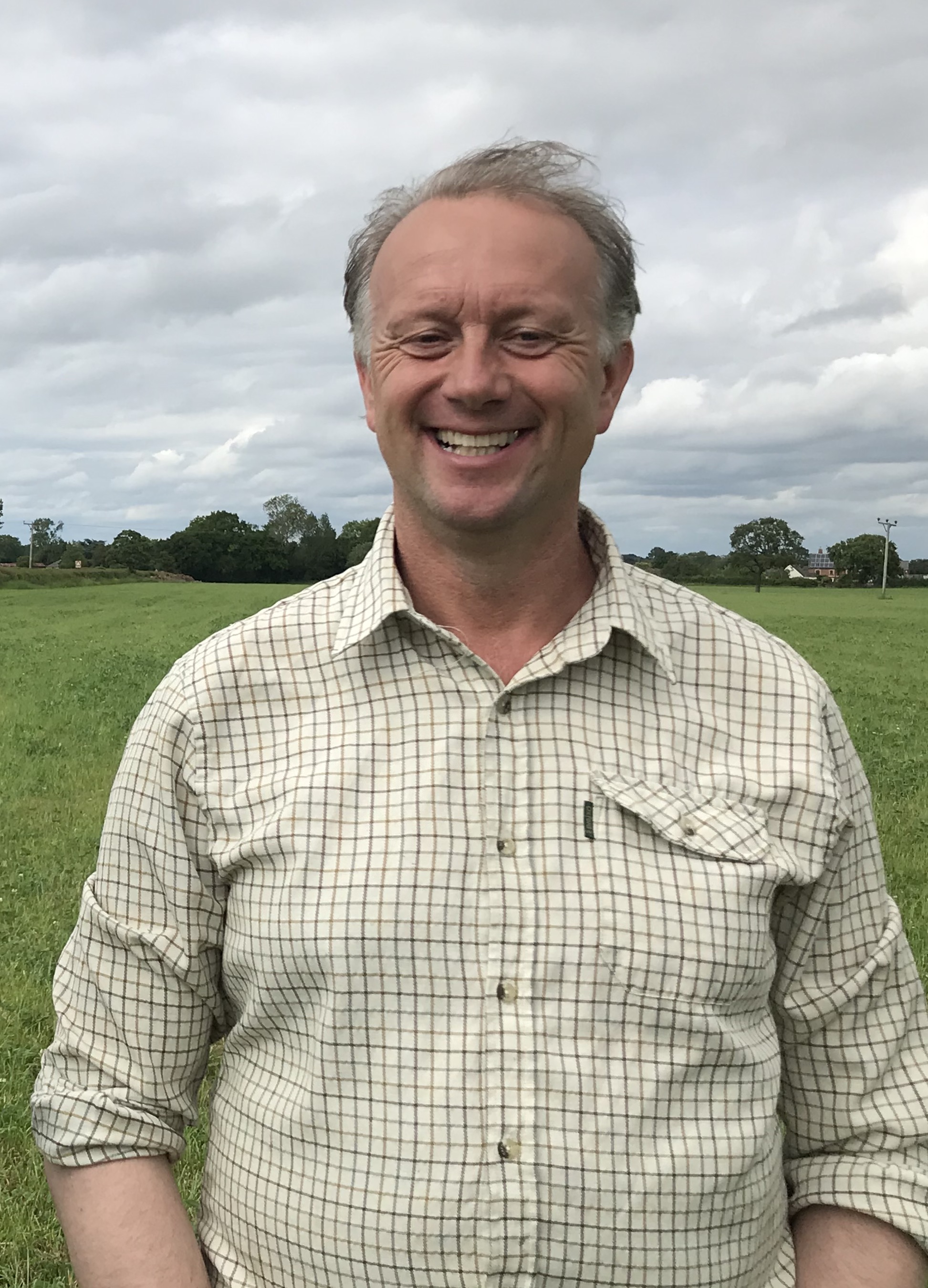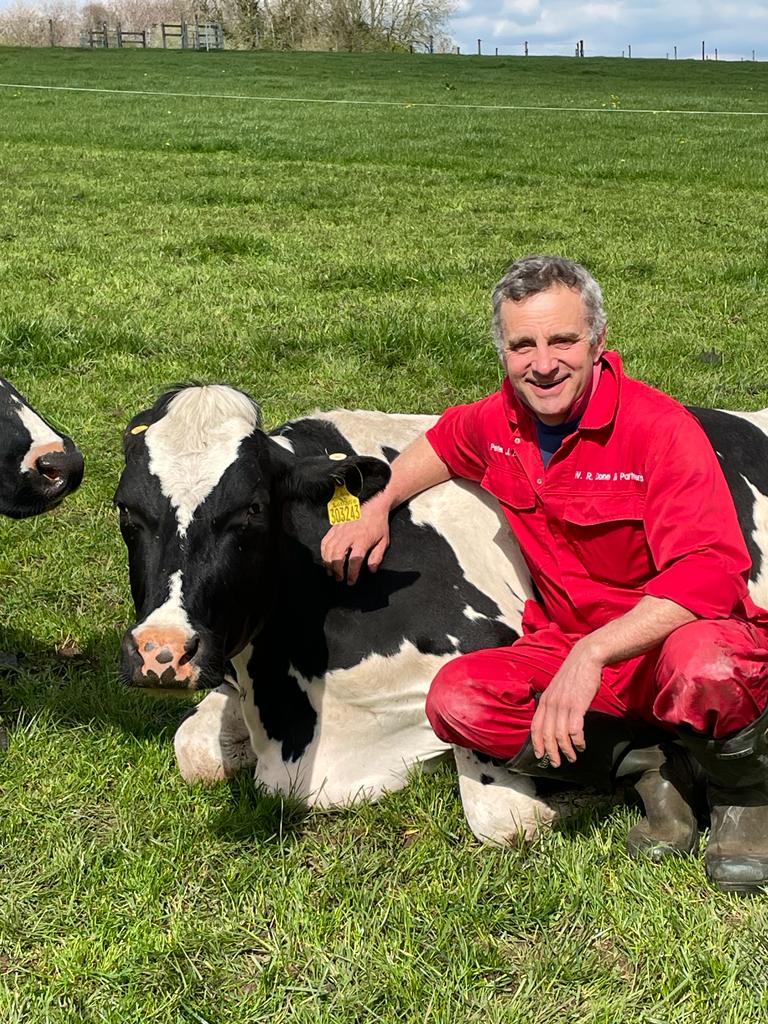Farmers Across The UK Are taking Part In A New Collaborative Project Run By Grass Breeding Company DLF
DLF is establishing a Partner Farm programme comprising demonstrations and trials on dairy farms from as far north as Dumfries and as far south as Somerset. The aim is to showcase new varieties, species and mixtures growing in real-life situations.
“DLF has set up on-farm trials in other countries creating useful local hubs for farmers to talk about all things grass and forage,” says Monty White, DLF agricultural project manager, who has been hired to set up and manage the programme in the UK.
“There will be different levels of activity. At one end there will be trials measured and recorded regularly that will relate to work also being undertaken at the DLF breeding grounds in Didbrook, Gloucestershire, to demo plots that may just compare how different varieties perform on one farm in one field.
“We are initially looking to establish seven farms with dairy, beef and sheep enterprises. In following years, we want to create multiple, smaller scale on-farm demonstrations in each region that will link back to the main Partner Farm. This means more producers can take part and feel involved.”
In Ireland
Seven Partner Farms have been running in Ireland for the past six years. Led since 2020 by Dr Thomas Moloney, who has previously worked with Ireland’s government advisory service Teagasc, the programme focuses solely on dairy farms in the south and east of the country. Each farm hosts a number of in-field trials featuring varieties and mixtures of current interest.
“Partner Farmers feel like they are part of a global research programme,” says Dr Moloney. “Sometimes they may be growing varieties before they are commercially available.
“There are a couple of concepts that have really taken off and partner farms have played a part in getting the message out and accepted by the wider farming community.
-and-Dr-Thomas-Moloney-at-the-grass-breeding-and-trials-ground-in-Ireland.jpeg) “The first is the use of DLF’s next generation tetraploid varieties such as Nashota – which have the yield and quality of a tetraploid but the density and slender leaf of a diploid. We started trialling these in grazing mixtures on three Partner Farms six years ago. Now many more Irish dairy farmers are growing higher proportions, or even all tetraploids in their mixtures.
“The first is the use of DLF’s next generation tetraploid varieties such as Nashota – which have the yield and quality of a tetraploid but the density and slender leaf of a diploid. We started trialling these in grazing mixtures on three Partner Farms six years ago. Now many more Irish dairy farmers are growing higher proportions, or even all tetraploids in their mixtures.
“The other concept is multi-species swards. Some of the Partner Farmers, who are very comfortable growing and grazing perennial ryegrass and clover, were sceptical that drilling diverse mixtures would work.
“But they have done better than the farmers ever thought, particularly in last year’s summer drought. This success has sparked the interest of other farmers who have visited and seen with their own eyes how well they are performing.”
In the UK
Organic producer Barry Jones is one of the first Partner Farmers in the UK. Farming at Tilley Park Farm near Wem in Shropshire he milks 230 dairy cows on 240 hectares (593 acres) on heavy clay land.
The Holstein cows calve from October to June and produce on average 8,500 litres a year with 4,000 litres coming from forage. They are milked twice a day and in winter are fed a total mixed ration (TMR) consisting of red clover and oat wholecrop silages, with home-milled and mixed oats and a 35% protein blend. A 16% protein organic concentrate is fed in the parlour.
The first trial Mr Jones is going to be involved with will compare four different organic fodder beet varieties.
“We grew fodder beet for the first-time last year,” says Barry. “We were looking for a different kind of feed for the TMR and were hearing good things from other farmers about it.
“We have taken on some lighter land which could take a harvester into November and we tried three hectares (8 acres). We were very pleased with how it turned out, yielding around 54 tonnes per hectare (22t/acre). It may have been that we picked a very good year, when the weeds all died in the drought. We harrowed the field a couple of times and a student rogued the docks.”
The fodder beet was harvested and stored in a clamp in the yard made of concrete and straw bales. It was chopped and fed out in the diet feeder and the cows loved it.
Mr Jones is going to double the acreage this year including four small half-acre trials plots sown with different varieties including Delicante. This is a new white-skinned variety with high fresh and dry matter yields of greater than 21t/ha (8t DM/acre) and clean roots and healthy foliage, with good resistance to rust and mildew. This will be grown alongside the varieties Enermax, Bangor and Magnum. All the varieties will be untreated.
“This will give us a good idea of how they compare growing them organically and will provide us with useful information.”
In the summer Mr Jones will also undertake a reseeding demonstration, splitting one field into five strips and sowing it with perennial ryegrass and clover as standard and including others with red clover, plantains and a full-blown multi-species sward. The cows will graze across all the plots and measurements will be taken before and after to gauge how much has been eaten of each one.
“We have relied on a lot of red and white clover in our mixtures over the years but herbal leys have not really been on our radar,” says Mr Jones. “We do not know how they will perform on our heavy land and are glad to take the opportunity to see what happens in the trial.”

Peter Done farms at Larkton House at Malpas in Cheshire, running 180 Friesian cows and 100 head of youngstock on 106 hectares (260 acres). The cows calve all year round and yield on average 6,500 litres of milk, with 4,100 litres coming from forage.
The all-grass farm is on light sandy soil, which dries out in hot weather. Last summer Peter buffer fed from silage, spreading it out on the grazing ground to see the cows through the driest times.
As a Partner Farmer Mr Done will be trialling five different hybrid brassica catch crops drilled in six metre strips across one field in April. The crops will grow and be grazed by the end of July. The varieties will include Spitfire, Interval and Winfred and a new variety called Mainstar.
“I have never grown brassicas before but I like the idea of using them as a break between grass crops as this will help avoid leatherjacket damage,” says Mr Done. “We have been reseeding grass to grass since the chlorpyriphos ban and getting away with it by the skin of our teeth. But we lost two fields of forage rye this winter, so the time has come to try something different.
“The additional forage may also be useful to feed the cows should the summer come dry again.”
In the summer Mr Done will also be hosting the same reseeding trial that Mr Jones is putting in – to find out how different seeds mixtures work on his land.
“Until last year I had always grown perennial ryegrass and white clover, but I did a bit of a trial, adding 5% plantain to the mixture. Plenty of it grew and the cows are eating it. But I am not sure what all the benefits are yet. Does plantain’s deep root system make it more drought tolerant? It will be good to have plantain in the DLF trial to see how it compares with the other mixtures. Being a Partner Farm may provide me with some of the answers.”
This article originally featured in Dairy Farmer Magazine in May 2023 issue. Written by: Sara Gregson